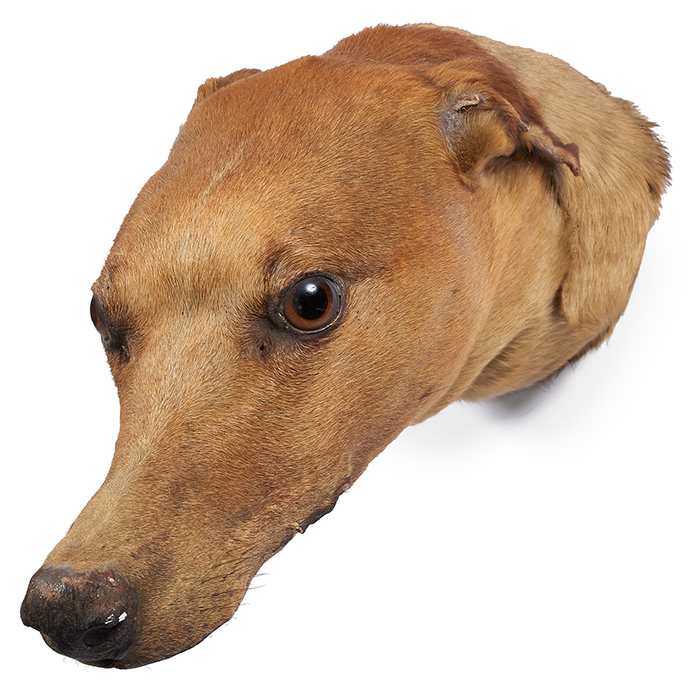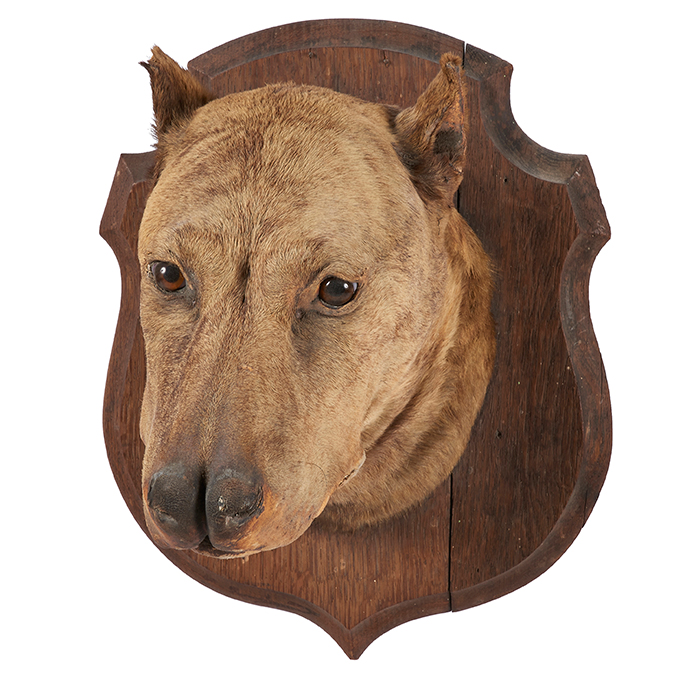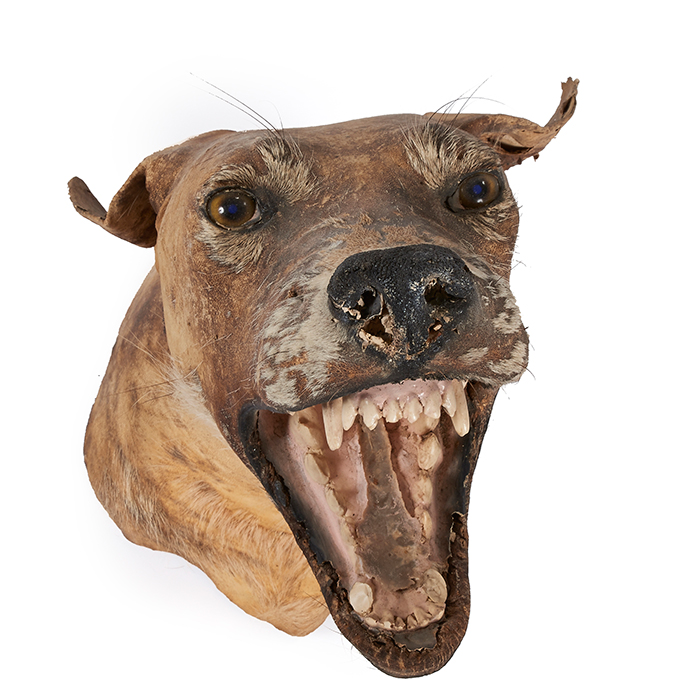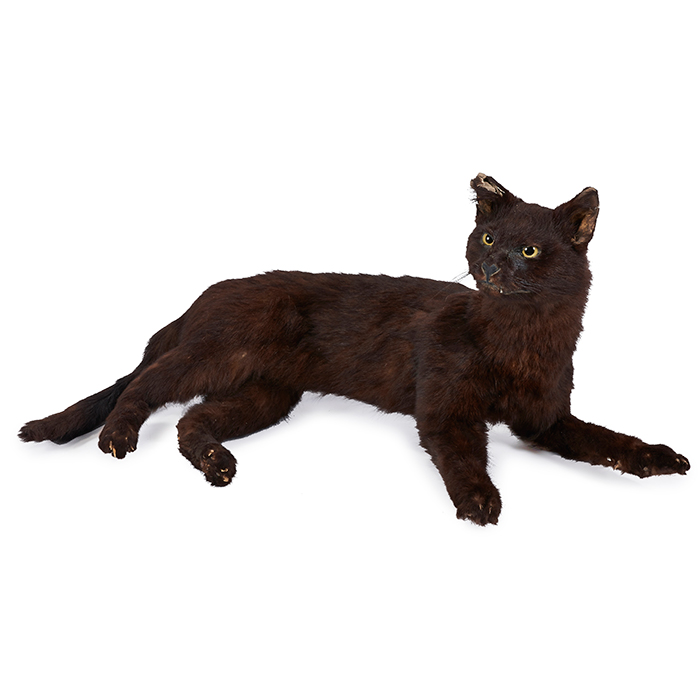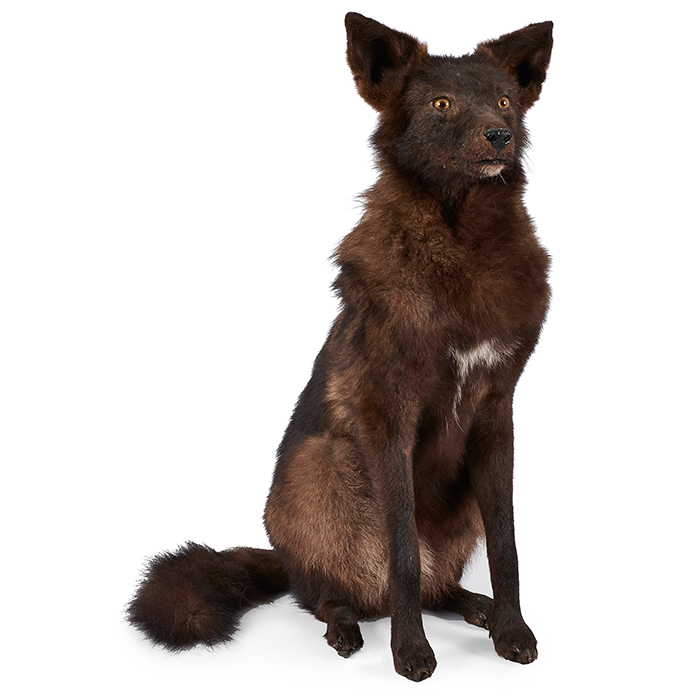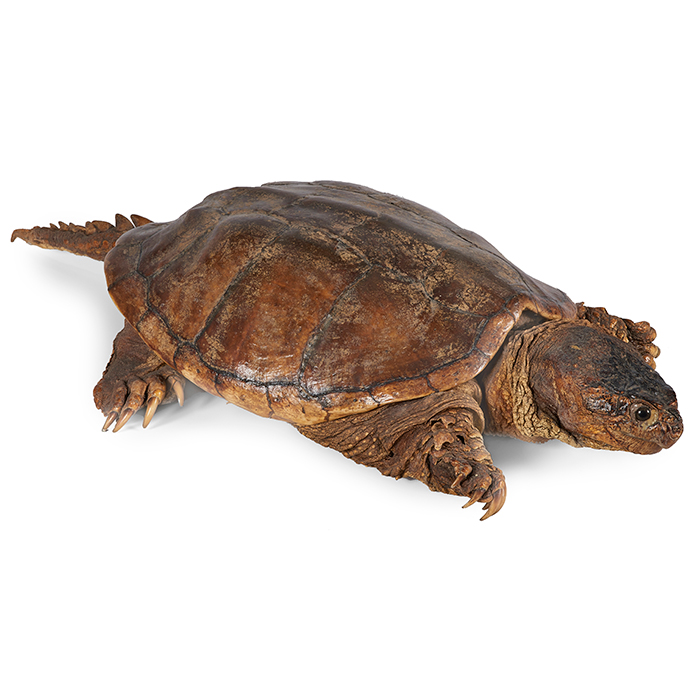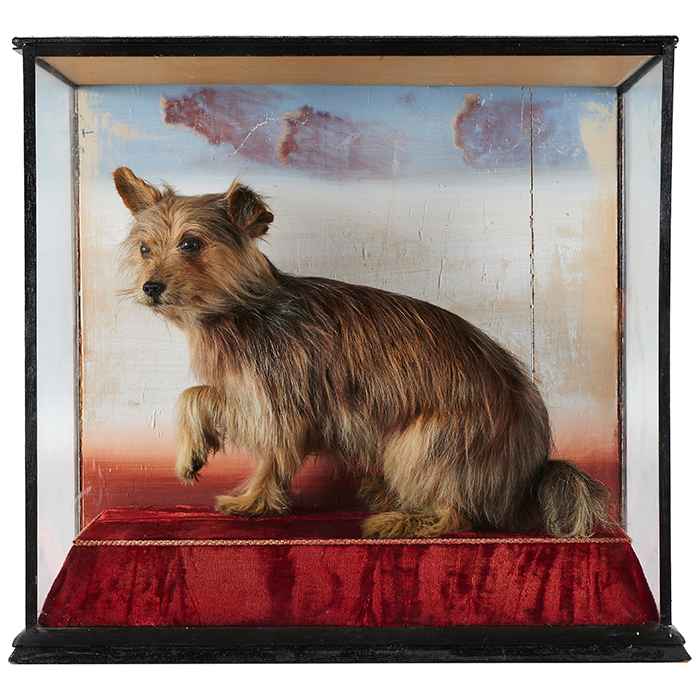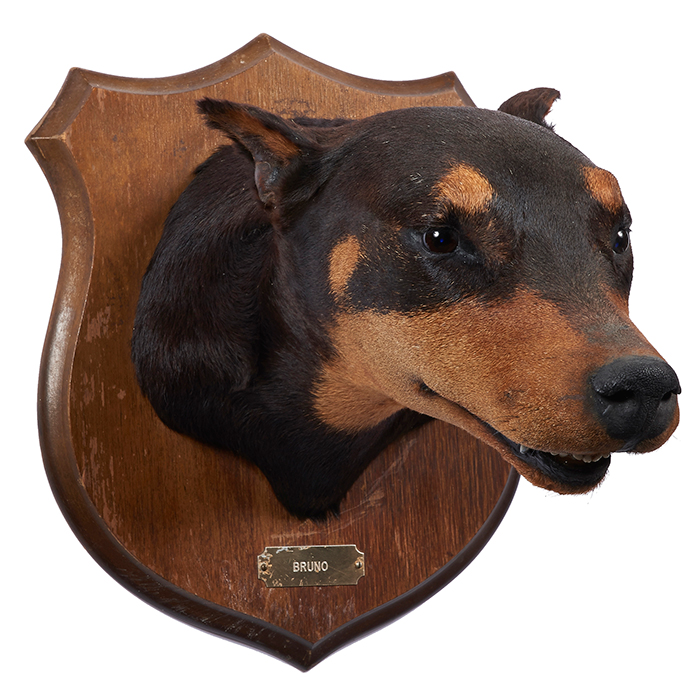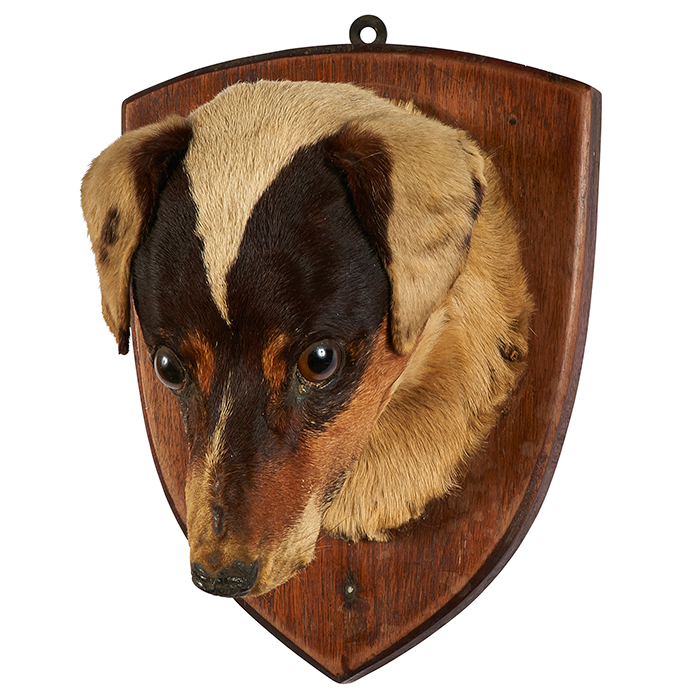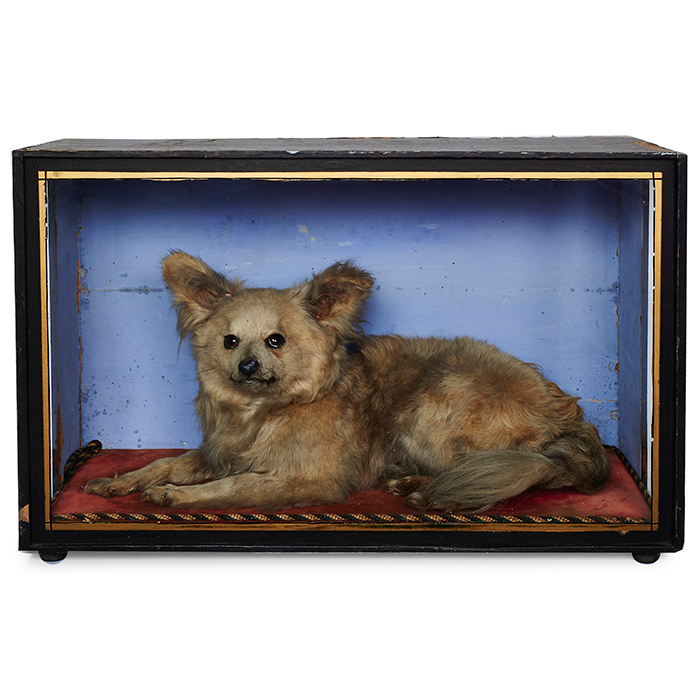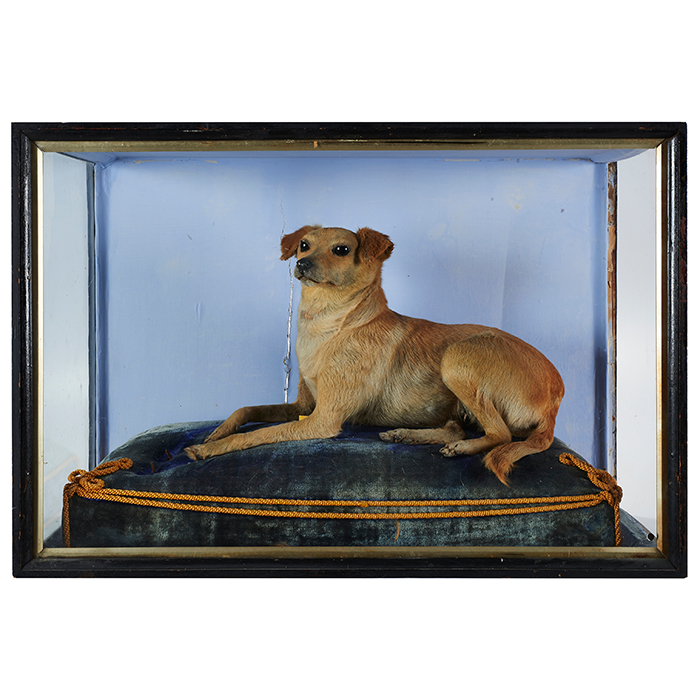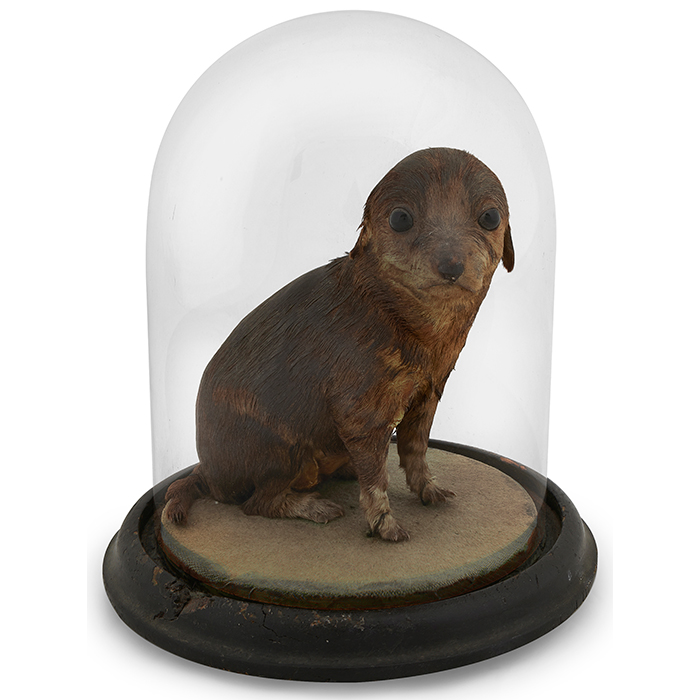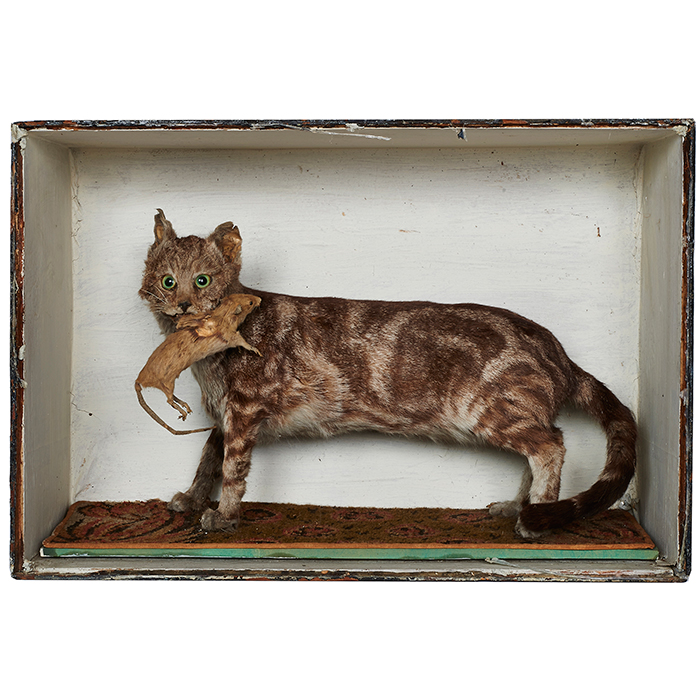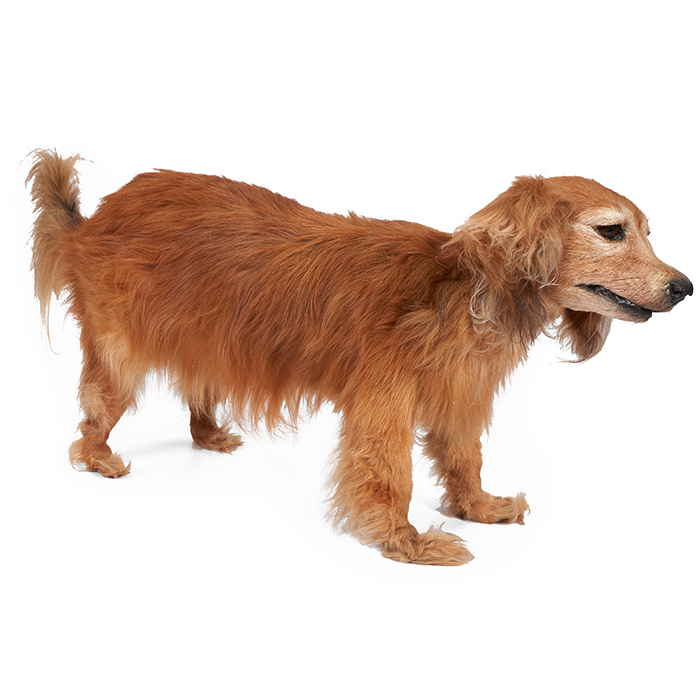In the movie Psycho, Tony Perkins in his role as Norman Bates says to Marion:
“My hobby is stuffing things. You know — taxidermy. I guess I’d just rather stuff birds because I hate the look of beasts when they're stuffed. You know, foxes and chimps; some people even stuff dogs and cats, but I can't do that. I think only birds look well stuffed because they’re kind of passive to begin with.”
Most people will have a hard time understanding why a pet owner might have old Shep stuffed for display. The emotional bond that would cause someone to do this must be soaked in so much grief that the pet owner simply cannot let go of its visible presence. If laws did not prohibit it, I am quite sure that some people would have their parents, spouses, or children preserved in some way or another. It’s the stuff of horror films and books — like Norman Bates in Psycho, who happened to be modeled after the real life murderer Ed Gein.
Though the practice of taxidermy goes back to ancient Egypt, where cats, dogs and other animals were mummified along with their owners after death, taxidermy gained new steam a few centuries later during the Victorian era. There, adventurers worldwide were reporting new discoveries of species each year. Newspapers and later radios were fueling the rage to explore the earth, to find lost worlds, or to show-off the latest dinosaur bone. To show their education and refinement to others, private “cabinets of curiosities” were built in fine homes, often including rare taxidermied birds, animals, and skeletons from faraway lands. Museums across the world began to build massive dioramas of taxidermied animals in their “natural” habitats. It was also around this period that examples of “anthropomorphic taxidermy” appeared — animals assuming human qualities like sitting around a table playing cards.
The mid-century cowboy Roy Rogers had his horse Trigger and his trusty dog Bullet stuffed and put on display in his museum. Other famous animals like Sergeant Stubby, Russian space dogs Belka and Strelka, and Cher Ami, the famous one-legged pigeon from World War I have gained eternal “life” when they were stuffed for museums around the world. Of course, animal oddities like a two-headed calf were usually stuffed and put on display for the locals, with showman P. T. Barnum making a fortune displaying the real and not-so-real animal freaks of nature.
Today, some highly creative and unusual taxidermists are mixing species to create a house cat with wings or a raccoon with a dogs head—but that is another story altogether. Just google “strange taxidermy” and see what you get.
The specimens you see here were spotted last February 6, when the Treadway Toomey Auction House in Cincinnati, Ohio, held an auction of the estate of philanthropist and educator Candice B. Groot, which included—among many other things—a strange and bizarre assortment of taxidermied household pets.
#####
All images courtesy of Treadway Toomey Auction House
